Have you ever thought about what drives success in the competitive world of E-commerce?
While sales and profits are undoubtedly important, actual growth comes from understanding the metrics that influence customer behavior.
This blog will explore the key performance indicators that every online business should analyze.
We'll cover critical metrics like conversion rate, customer acquisition cost, lifetime value, and more. Through practical examples, you'll learn how to calculate each E-commerce marketing metric and optimize your marketing efforts.
But that's not all - we'll also share proven strategies to improve rates, lower costs, and maximize profits.
Understanding these powerful metrics gives you invaluable insights into what moves your business forward.
So whether you're a seasoned entrepreneur or just starting, this blog has what you need to take your e-commerce knowledge to the next level.
Let's get started with the first eCommerce marketing metric, which is conversion rate!
Conversion Rate
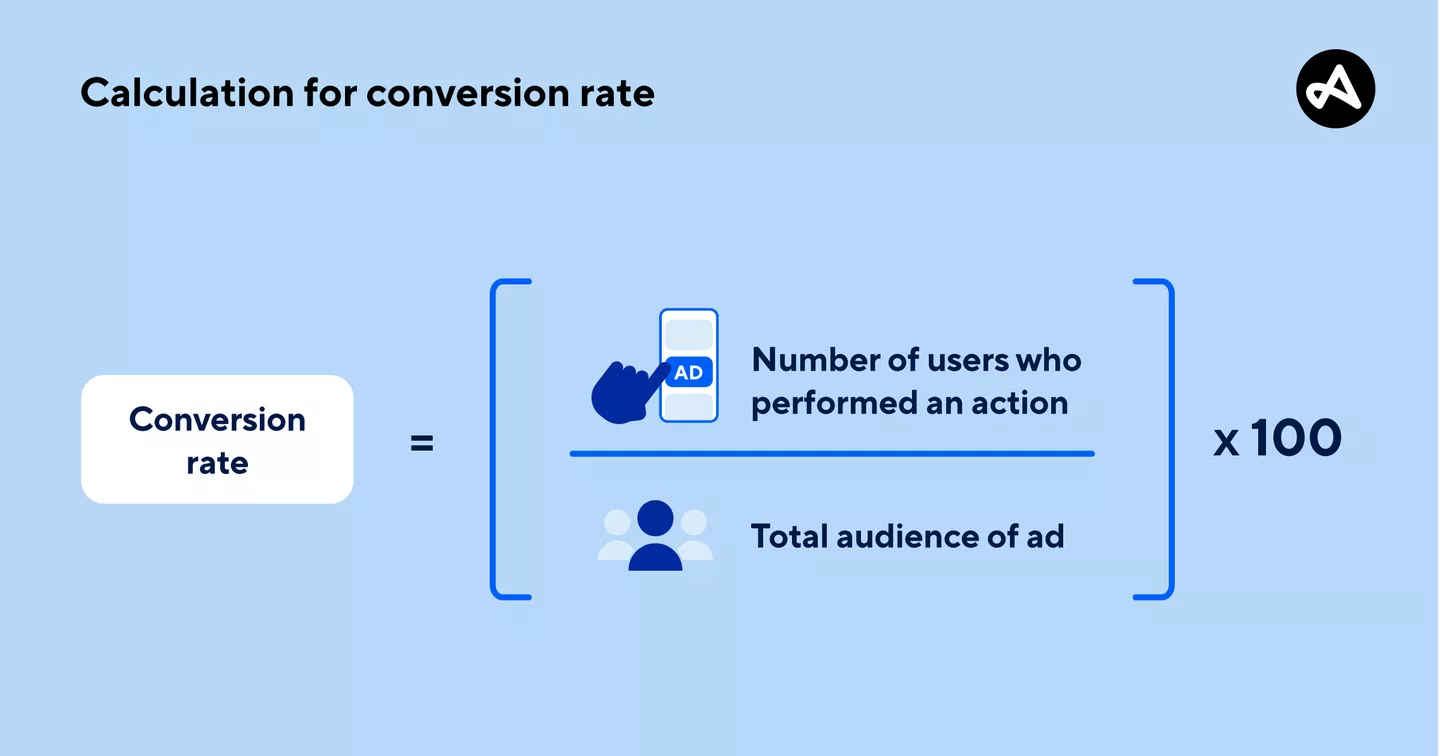
The very first E-commerce marketing metric is measuring the Conversion Rate to demonstrate a website's effectiveness in converting visitors to customers. Higher rates increase sales and revenue, ultimately improving a business's bottom line.
Calculation of Conversion Rate
The Conversion Rate is calculated by dividing the number of conversions by the total number of website visitors and then multiplying the result by 100.
The formula is as follows:
Conversion Rate = (Number of Conversions / Total Number of Website Visitors) * 100
For example, if a website receives 10,000 visitors monthly and generates 500 conversions, the Conversion Rate would be 5%.
Factors Affecting Conversion Rate
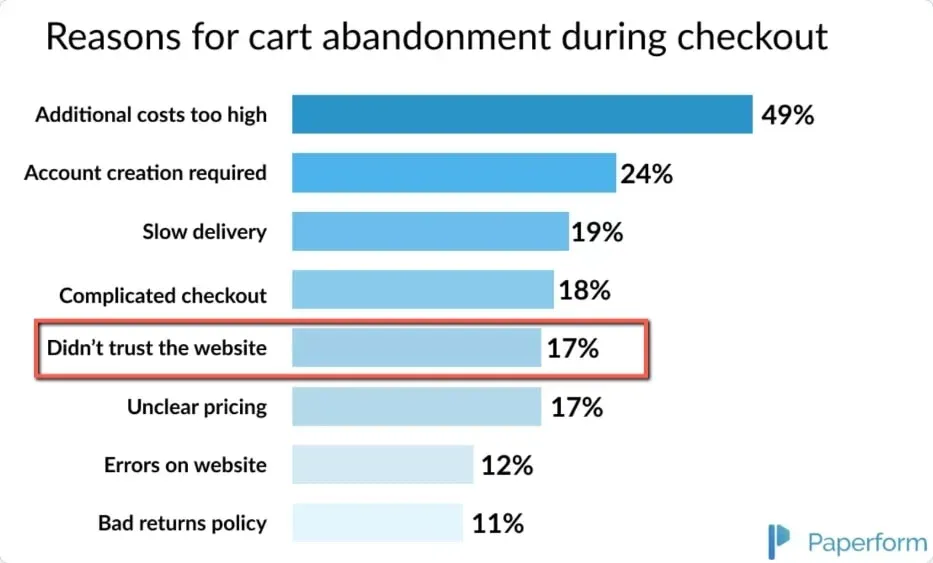
Several factors influence the Conversion Rate of an e-commerce website.
These include:
Website Design and User Experience: A visually appealing and user-friendly website design contributes to higher conversion rates by providing a seamless and engaging user experience.
Content Quality and Relevance: High-quality and relevant content helps build trust, establish authority, and persuade visitors to take the desired action.
Navigation and Call-to-Action: Intuitive navigation and strategically placed call-to-action buttons guide visitors toward the desired action, increasing conversion rates.
Page Load Speed: Slow-loading pages can lead to high bounce rates and reduced conversions. Optimizing the website for speed improves user experience and conversion rates.
Trust and Security: Building trust through security seals, customer reviews, and secure payment gateways instills confidence in visitors and encourages conversions.
Strategies to Improve Conversion Rate
To improve the Conversion Rate of an e-commerce website, consider implementing the following strategies:
A/B Testing: Test different variations of website elements, such as headlines, colors, images, and call-to-action buttons, to identify the most effective combinations.
Optimize Landing Pages: Create dedicated landing pages tailored to specific campaigns or products, optimizing them for conversions through compelling content and clear call-to-actions.
Streamline Checkout Process: Simplify the process by minimizing the number of steps, reducing form fields, and providing guest checkout options to minimize user friction.
Use Social Proof: Display customer testimonials, ratings, and reviews on the website to build trust and demonstrate credibility, ultimately boosting conversions.
Offer Incentives: Provide incentives such as discounts, free shipping, or limited-time offers to create a sense of urgency and motivate visitors to complete their purchases.
After the conversion rate, the customer acquisition cost is the net essential E-commerce marketing metrics.
Customer Acquisition Cost (CAC)
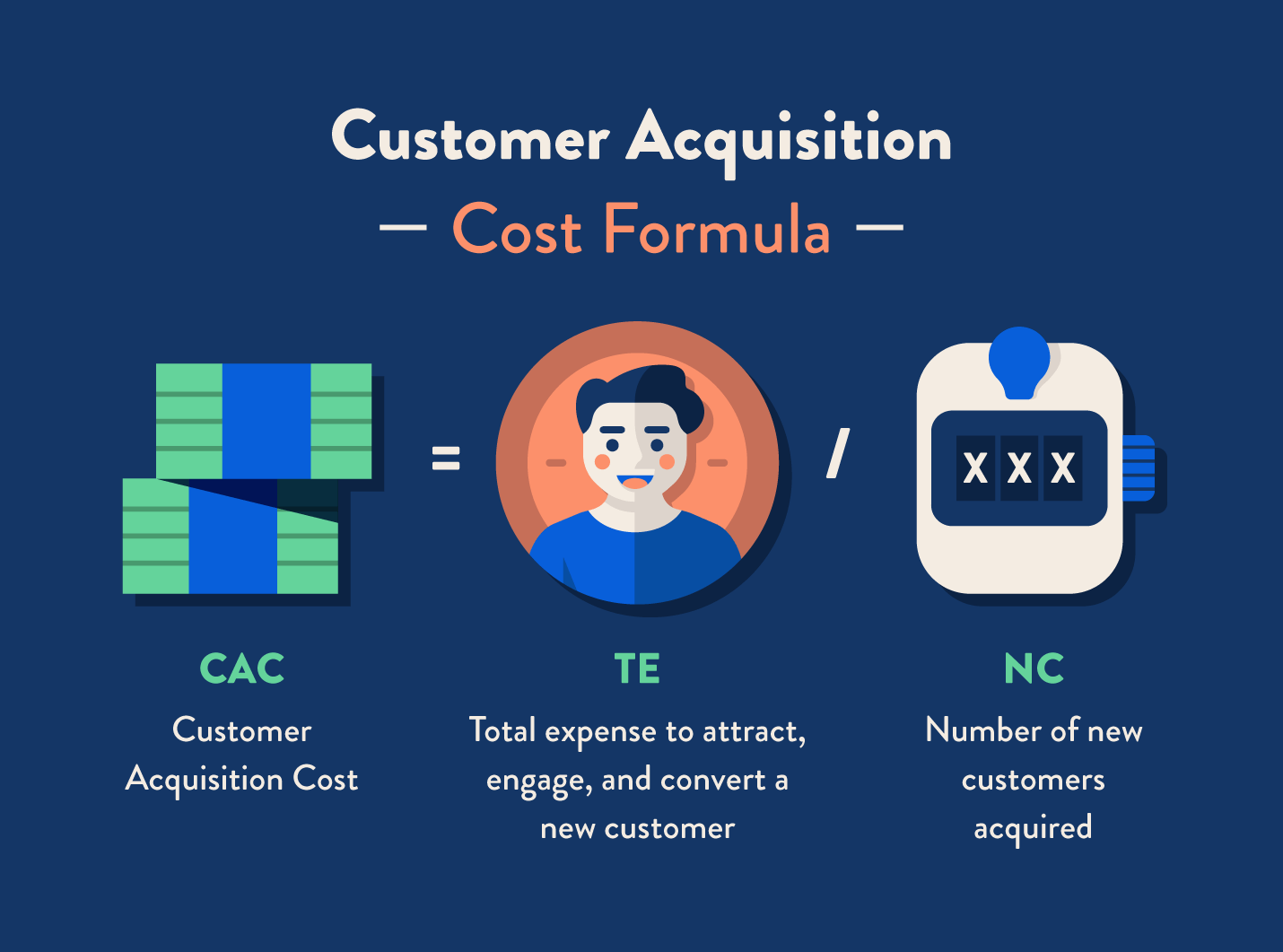
Customer Acquisition Cost (CAC) is acquiring a new customer through marketing and sales efforts. It is a crucial E-commerce marketing metrics that directly impacts e-commerce profitability and helps determine investment in attracting and converting customers.
CAC Calculation
CAC can be calculated by dividing the total marketing and sales expenses by the number of customers acquired in a given period.
The formula is as follows:
CAC = Total Marketing and Sales Expenses / Number of Customers Acquired
For example, if a business spent $50,000 on marketing and sales monthly and acquired 1,000 new customers, the CAC would be $50.
Impact of CAC on E-commerce Profitability
CAC is critical for e-commerce profitability. High CAC compared to order value or lifetime value can hinder profitability. Businesses must monitor and optimize it to ensure efforts align with revenue goals and profitability.
Ways to Reduce CAC
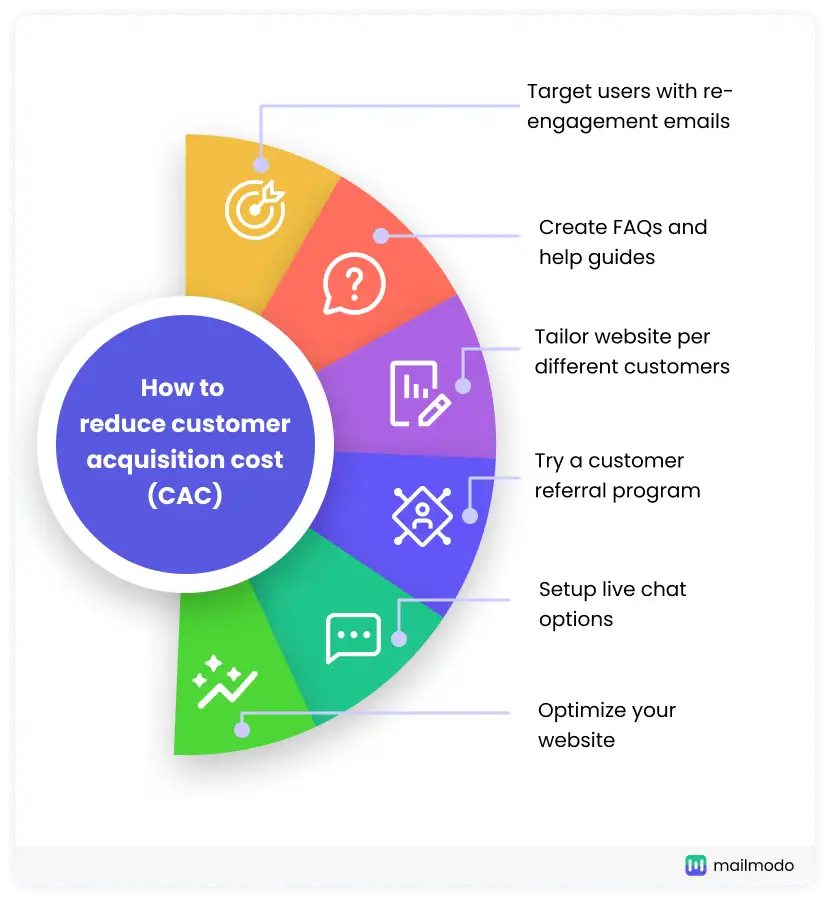
Reducing CAC can help businesses improve their profitability and allocate marketing budgets more efficiently. Here are some strategies to reduce CAC:
Targeted Advertising: Target specific customer segments with personalized and relevant advertisements to maximize the effectiveness of marketing spend.
Referral Programs: Encourage satisfied customers to refer their friends and family by offering incentives or rewards, thereby acquiring new customers at a lower cost.
Customer Retention: Prioritize customer retention efforts to increase lifetime value and reduce the need to constantly acquire new customers.
Optimize Conversion Funnel: Analyze the customer journey, identify bottlenecks or areas of high drop-off rates, and optimize the conversion funnel to improve conversion rates and reduce wasted marketing spend.
Improve Customer Experience: Deliver exceptional service, personalized experiences, and smooth post-purchase interactions to enhance customer satisfaction and repeat purchases.
The 3rd E-commerce marketing metrics that matters is lifetime value.
Suggested Reading:
Lifetime Value (LTV)
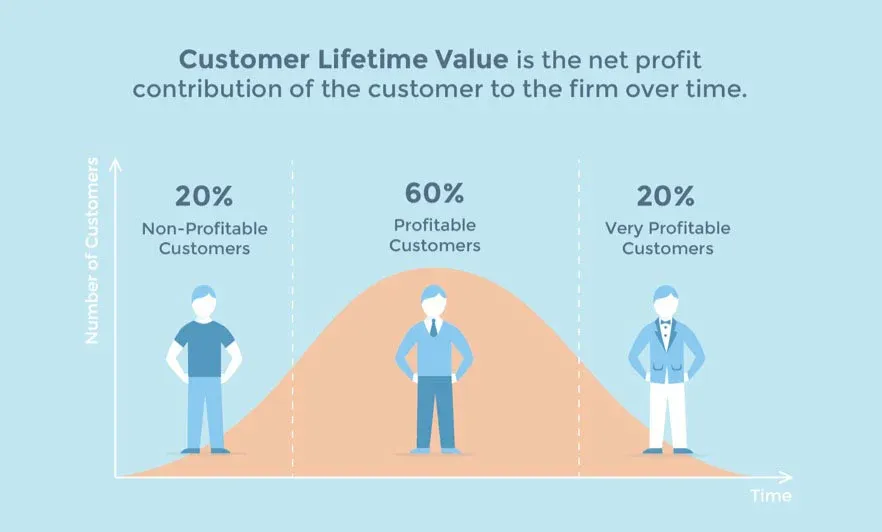
Lifetime Value (LTV) measures the total revenue a customer generates for a business over their entire relationship.
Calculation of LTV
It helps businesses understand the long-term value of acquiring and retaining customers. LTV is a vital metric as it allows businesses to make informed decisions regarding customer acquisition, retention, and marketing spend.
To calculate LTV, multiply the average purchase value by the average purchase frequency rate, then multiply the result by the average customer lifespan. The formula is as follows:
LTV = Average Purchase Value * Average Purchase Frequency Rate * Average Customer Lifespan
Importance of LTV in Customer Retention
LTV is crucial for customer retention, offering insights into customer profitability. By understanding the lifetime value of each customer, businesses can focus on retaining high-value customers and implement strategies to increase their LTV.
Strategies to Increase LTV
To increase LTV, businesses can implement the following strategies:
Upselling and Cross-selling: Encourage customers to upgrade to higher-value products or add complementary items to their purchases, increasing their average purchase value.
Enhance Customer Experience: To increase customer satisfaction and encourage repeat purchases, offer exceptional service, personalized recommendations, loyalty programs, and exclusive offers.
Retention Campaigns: Implement targeted retention campaigns to re-engage and retain existing customers, such as personalized emails, special discounts, or VIP benefits.
Customer Segmentation: Segment customers based on their behavior, preferences, or demographics, allowing businesses to tailor their marketing efforts and offers to specific customer segments more effectively.
The 4th E-commerce marketing metric that matters is return on advertising that are spent.
Return on Advertising Spend (ROAS)
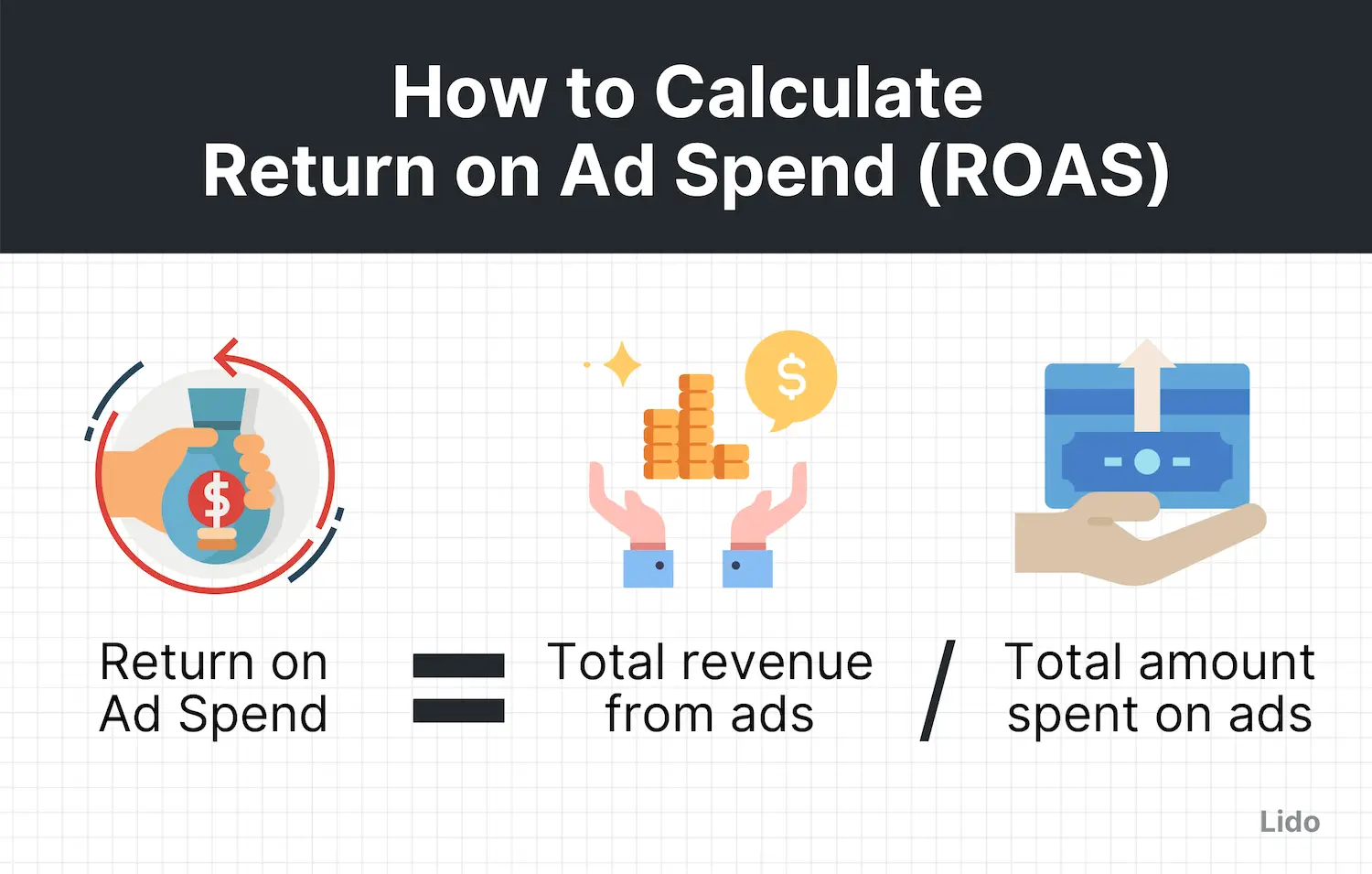
Return on Advertising Spend (ROAS) measures the effectiveness and profitability of advertising campaigns by calculating the revenue generated for every dollar spent on advertising.
ROAS is an essential metric as it helps businesses in measuring e-commerce success for their advertising efforts and optimize their marketing budgets.
Calculation of ROAS
ROAS is calculated by dividing the revenue generated from advertising campaigns by the cost of advertising. The formula is as follows:
ROAS = Revenue from Advertising / Cost of Advertising
Evaluating the Effectiveness of Advertising Campaigns
ROAS is a metric to evaluate advertising campaign success. A ROAS above 1 indicates profitable returns.
On the other hand, a ROAS below 1 suggests that the campaigns are not generating sufficient revenue to cover the advertising costs, requiring adjustments or optimizations.
Tactics to Improve ROAS
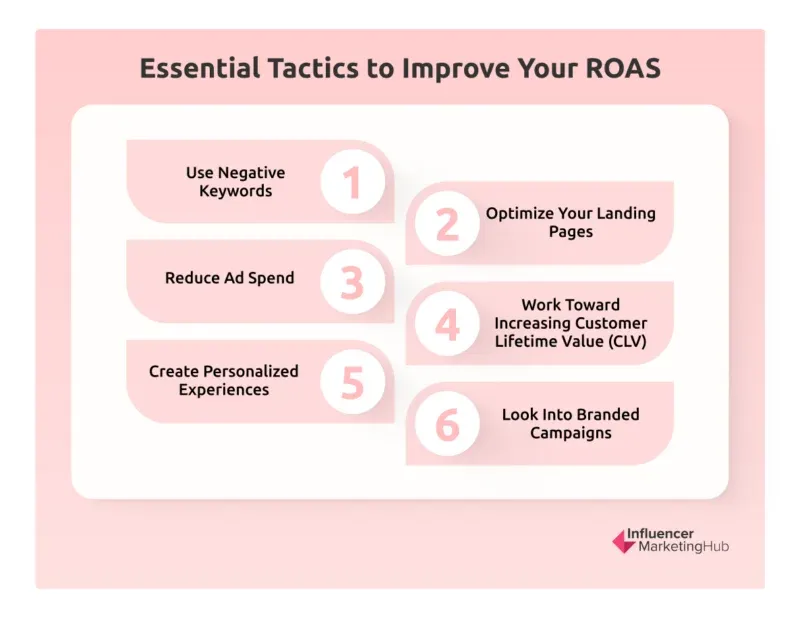
To enhance ROAS, businesses can employ the following tactics:
Target Specific Audience: Identify the target audience's characteristics and preferences to tailor advertising campaigns and messages more effectively.
Test Ad Variations: Create and test multiple ad variations to analyze metrics such as click-through rates, conversion rates, and engagement levels to optimize campaigns based on the highest-performing ads.
Optimize Landing Pages: Ensure that landing pages are relevant, user-friendly, and optimized for conversions.
Track and Analyze Performance: Monitor campaign performance, identify trends, and make data-driven decisions to improve ROAS.
The next E-commerce marketing metrics that we’ll explore is churn rate.
Suggested Reading:
Churn Rate
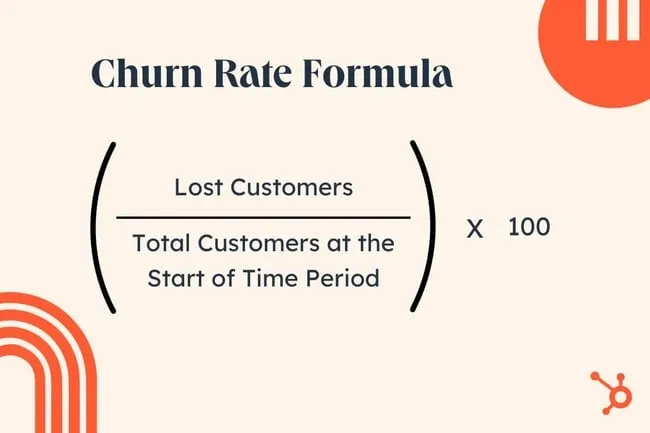
The Churn Rate is the percentage of customers who stop engaging or making purchases within a period. It offers insights into loyalty, satisfaction, and business health. A lower churn rate signifies greater measuring e-commerce success and profitability.
Measuring and Calculating Churn Rate
To measure the churn rate, divide the number of customers lost during a specific period by the total number of customers at the start. The formula follows:
Churn Rate = (Customers Lost / Total Customers at the Start) * 100
Impact of Churn Rate on E-commerce Growth
The churn rate directly impacts e-commerce growth. High churn rates indicate revenue decline and the constant need to acquire new customers. To achieve sustainable growth, businesses should focus on reducing churn and improving customer retention.
Strategies to Reduce Churn Rate
To reduce churn rate, businesses can implement the following strategies:
Improve Customer Experience: Provide excellent customer service, personalized recommendations, and timely support to ensure customer satisfaction and loyalty.
Engage with Customers: Regularly communicate through personalized emails, newsletters, and social media interactions to foster a connection and address their needs.
Understand Customer Pain Points: Analyze and address customer pain points, such as product issues, shipping delays, or website usability problems, to enhance the overall customer experience.
Retention Campaigns: Implement targeted retention campaigns, such as exclusive offers, loyalty programs, or personalized discounts, to incentivize customers to remain engaged and loyal.
Now, we will cover the next E-commerce marketing matrics, which is the average order value.
Average Order Value (AOV)
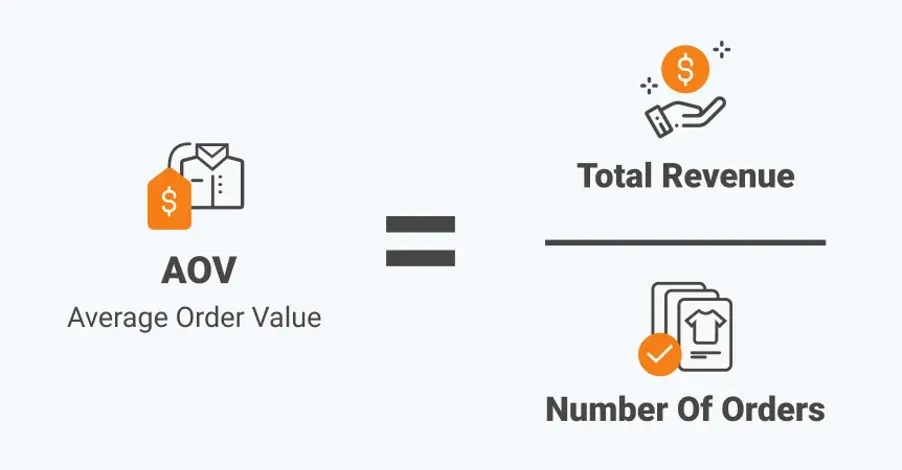
Average Order Value (AOV) refers to the average amount customers spend in a single order. It is an important metric as it directly impacts revenue and profit margins.
Increasing AOV enables businesses to maximize their revenue without significantly increasing marketing costs.
Calculation of AOV
To calculate AOV, divide the total revenue generated by the total number of orders. The formula follows:
AOV = Total Revenue / Total Number of Orders
Increasing AOV through Upselling and Cross-selling
To increase AOV, implement upselling and cross-selling strategies. Offer higher-priced versions of products and suggest related items during checkout. This encourages customers to spend more, resulting in increased revenue for the business.
Tactics to Maximize AOV
To maximize AOV, businesses can adopt the following tactics:
Bundling: Offer product bundles with discounts to encourage customers to add more items to their cart and increase order value.
Limited-time Offers: Use time-limited promotions and discounts to encourage customers to spend more. Urgency and scarcity motivate larger purchases.
Free Shipping Thresholds: Set minimum order values for free shipping to entice customers to add more products to their cart.
Product Recommendations: Display personalized product recommendations throughout the shopping journey to encourage customers to explore and purchase additional items they may be interested in.
The last E-commerce marketing metrics on our list is customer lifetime value.
Suggested Reading:
Cross-Selling and Upselling Strategies in E-commerce Marketing
Customer Lifetime Value to Customer Acquisition Cost Ratio (LTV:CAC)
The LTV:CAC ratio compares the long-term value of a customer (LTV) to the cost of acquiring that customer (CAC).
By assessing marketing ROI and profitability, businesses can determine the effectiveness of their customer acquisition strategies and make informed decisions to optimize their resources.
Importance and Interpretation of the LTV:CAC Ratio
A high LTV:CAC ratio means a business generates more revenue from each customer than the cost of acquiring them, leading to profitability.
Conversely, a low ratio indicates higher acquisition costs than customer value, requiring marketing strategy adjustments.
Finding the Ideal LTV:CAC Ratio
The ideal LTV:CAC ratio varies depending on the industry, business model, and growth goals. However, in general, a ratio of 3:1 is considered healthy and indicates a profitable business.
Strategies to Improve the LTV:CAC Ratio
To improve the LTV:CAC ratio, businesses can employ the following strategies:
Refine Targeting: Focus on acquiring customers who align with the business's ideal customer profile and are more likely to make repeat purchases and become loyal customers.
Customer Retention: Increase customer lifetime value with personalized marketing, loyalty programs, and exceptional service to prioritize customer retention and satisfaction.
Optimize Marketing Channels: Evaluate the effectiveness of different marketing channels and allocate resources to those that provide the highest customer lifetime value.
Referral Programs: Use referral programs to acquire high LTV:CAC ratio customers. Encourage existing customers to refer friends, a cost-effective strategy.
Conclusion
Understanding key e-commerce marketing metrics is essential for any online business that wants to thrive.
You gain valuable insights into what drives sales and profits by analyzing metrics like conversion rate, customer acquisition cost, lifetime value, return on ad spend, and more.
More importantly, you learn to optimize your marketing strategy based on data instead of guesses.
In doing so, you can improve rates, lower costs, and maximize the lifetime potential of every customer.
So don't leave your success to chance. Start measuring e-commerce metrics that matter today and take your e-commerce results to the next level.
Your customers and your bottom line will thank you for it.
Suggested Reading:
Frequently Asked Questions (FAQs)
What are the crucial e-commerce metrics for tracking website performance?
Key E-commerce marketing metrics include bounce rate, average session duration, and pages per session, indicating user engagement and website usability.
Why are ecommerce metrics important?
E-commerce marketing metrics offer insights into customer behavior, sales performance, and marketing effectiveness. They help optimize strategies, improve user experience, and drive profitability by making data-backed decisions.
What is the KPI for B2B e-commerce?
Key Performance Indicators (KPIs) in B2B e-commerce include customer acquisition cost, lifetime value, conversion rates, lead generation, and average order value, which are crucial for assessing business growth and measuring e-commerce success.
What are ROAS benchmarks for ecommerce?
Return on Advertising Spend (ROAS) benchmarks in e-commerce vary by industry but commonly aim for a 4:1 ratio. It measures revenue generated per advertising dollar spent, indicating campaign effectiveness and profitability by measuring e-commerce success.


